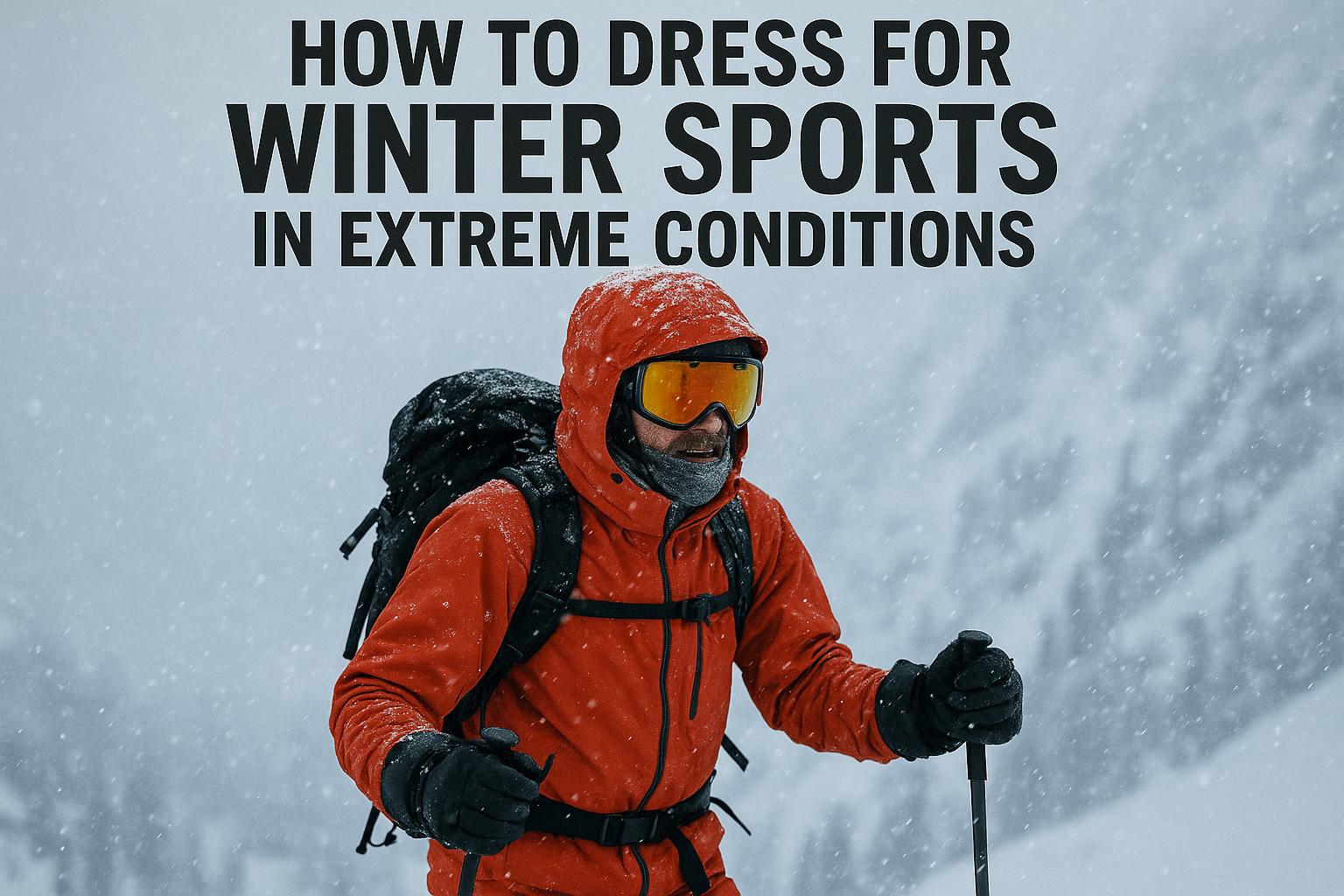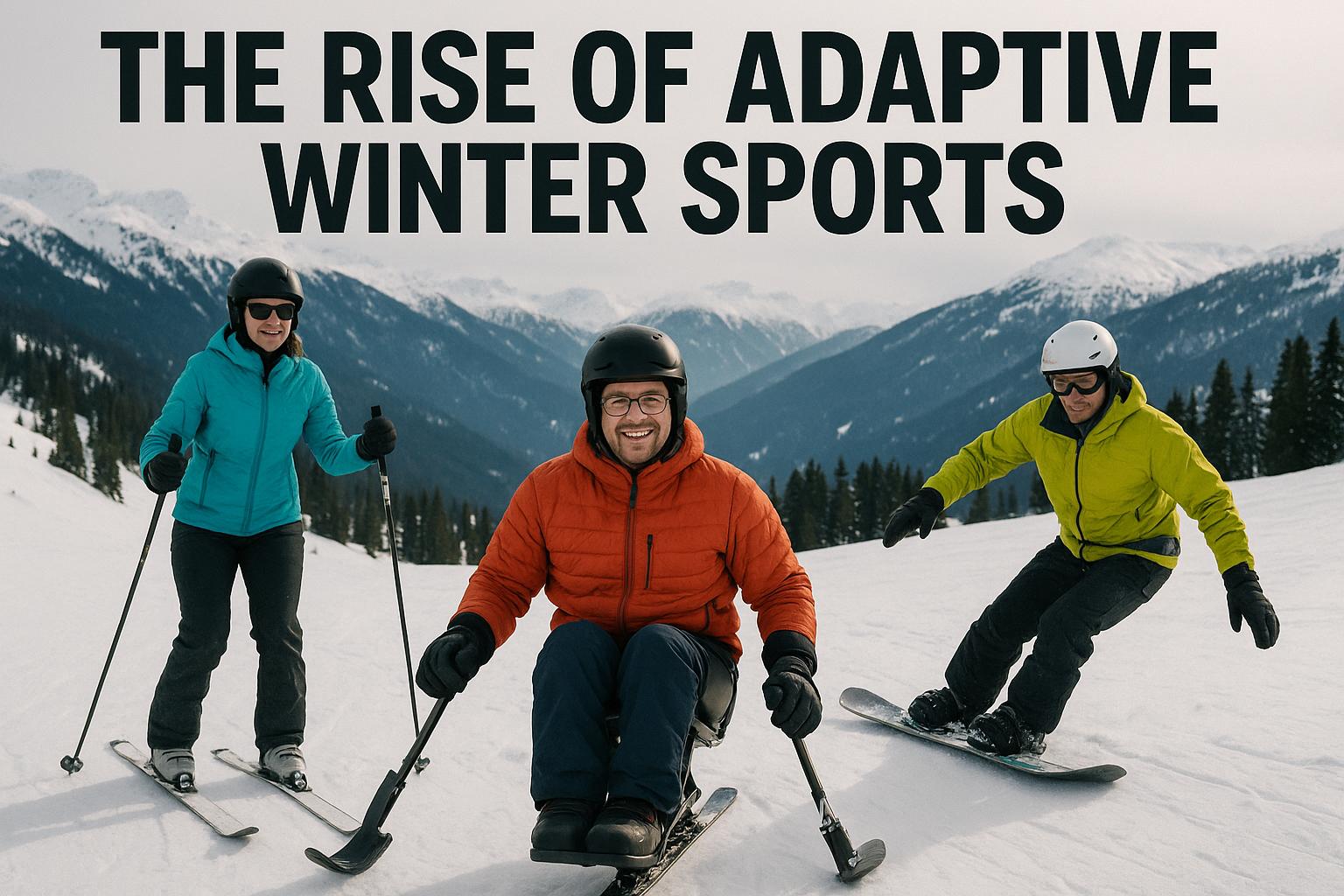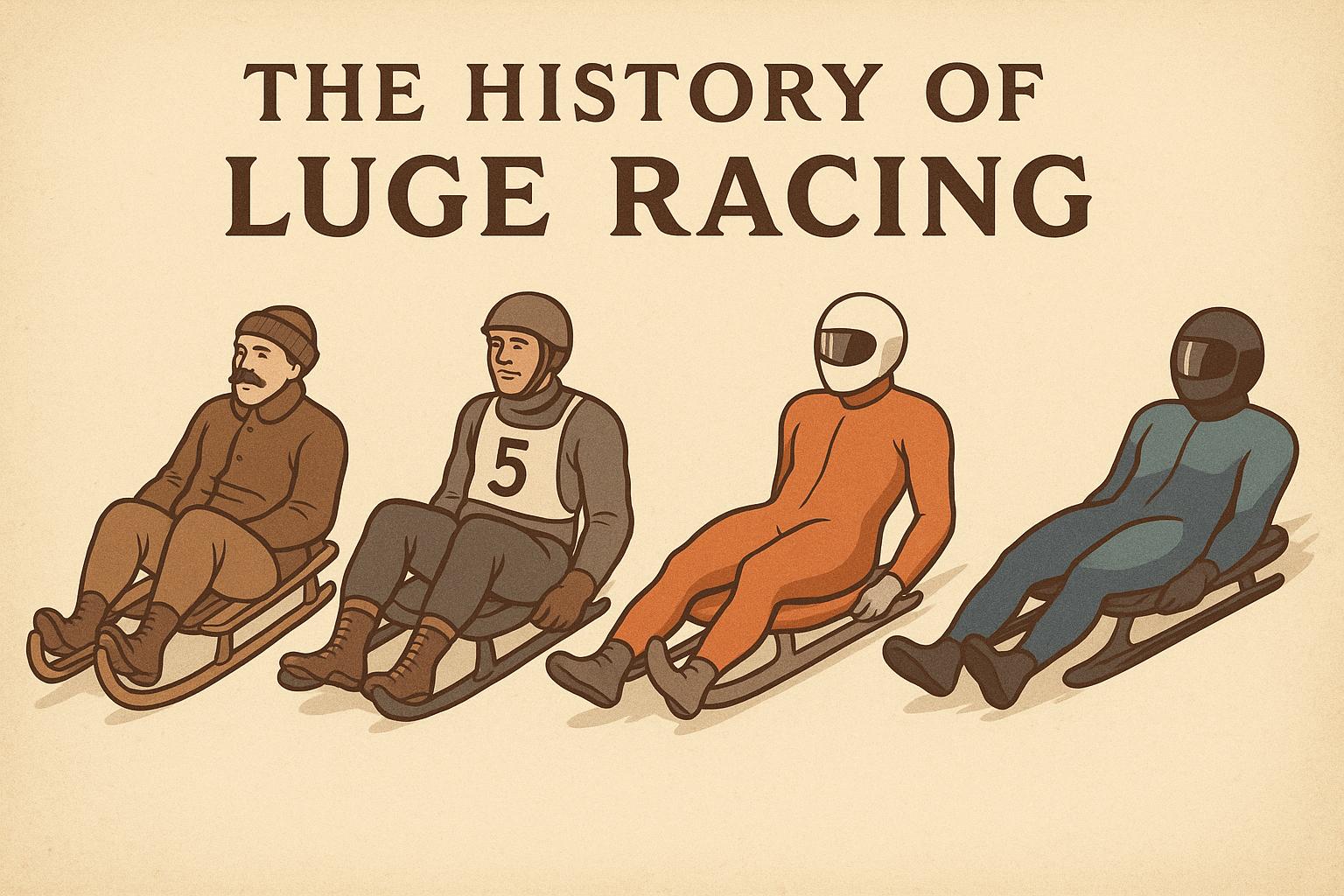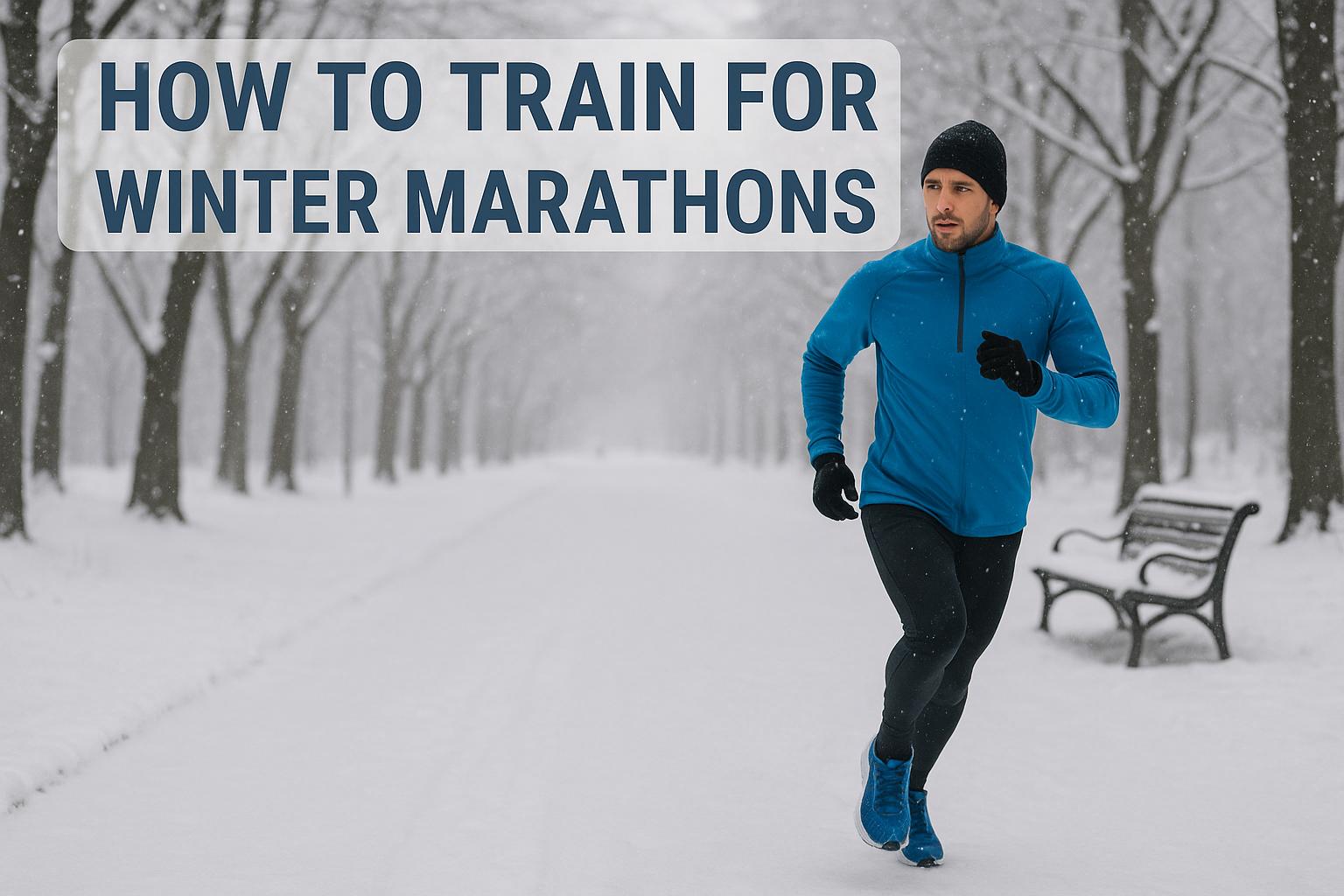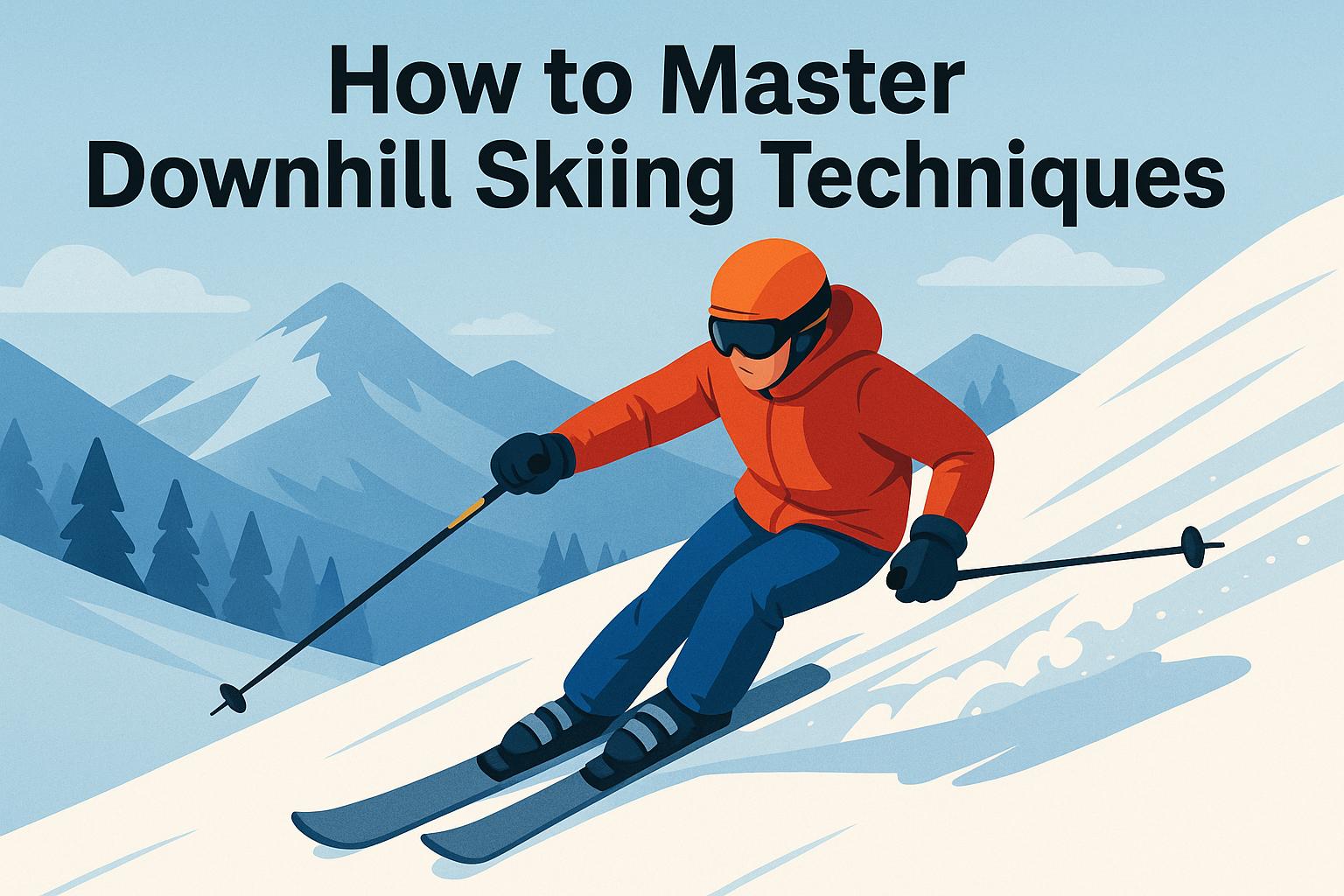Understanding Common Winter Activity Injuries
Engaging in winter activities such as skiing, snowboarding, and ice skating can be exhilarating but also poses certain risks. Understanding the most common injuries associated with these activities can help individuals take appropriate preventive measures. Injuries often occur due to slippery surfaces, poor visibility, and low temperatures, which can affect judgment and reaction times.
Common Injuries During Winter Activities
Winter sports enthusiasts are susceptible to injuries ranging from sprains and strains to more serious conditions such as fractures and concussions. The most frequently injured body parts include the knees, wrists, and shoulders. Knowing this allows participants to focus on specific preventive strategies.
Proper Gear and Equipment
Wearing appropriate gear is crucial in mitigating injuries. Helmets, protective padding, and suitable footwear can significantly reduce the risk of serious damage. It is important to check and maintain equipment, ensuring it is in good condition before engaging in any activity. For more information on selecting the right gear, visit this winter gear guide.
Warming Up and Conditioning
Performing a thorough warm-up before any physical activity prepares the body for the demands of winter sports. Incorporate dynamic stretches to increase muscle flexibility and blood circulation. Conditioning exercises aimed at strengthening the core, legs, and arms can support the body in maintaining balance and endurance.
Environmental Awareness and Precaution
Being aware of environmental factors plays an essential role in preventing injuries. Monitor weather conditions and participate in activities suited to your skill level. Avoid hazardous areas with low visibility or those prone to avalanches and ice patches. Staying informed about potential dangers is key to a safe experience.
Technique and Form
Adhering to proper technique can greatly reduce the risk of injury. Consider taking lessons from certified instructors to hone your skills and learn the correct forms. This not only enhances performance but also teaches you how to fall safely or avoid falls altogether.
Maintaining Hydration and Nutrition
Staying hydrated is important even in cold conditions, as dehydration can affect concentration and physical endurance. Consume a balanced diet rich in carbohydrates, proteins, and healthy fats to fuel the body adequately for winter sports.
Importance of Understanding and Preventing Injuries
Proper awareness of potential injuries is crucial for anyone undertaking winter sports. This recognition sets the foundation for responsible behavior while participating in these exhilarating activities. Skiing, snowboarding, and ice skating may offer a thrilling release from the wintery grip of the season, but being properly informed on how to mitigate risks plays a critical role in maintaining both personal safety and the safety of others.
Overcoming Challenges with Preparation
Preparation is a central component in ensuring safety during winter sports. Thorough preparation involves not only physical readiness but acquiring comprehensive knowledge of the potential risks associated with specific activities. This aspect of readiness can prevent unexpected incidents or mishaps that might lead to injury.
Focusing on Specific Weaknesses
By identifying and focusing on particular body parts prone to injury—such as knees, wrists, and shoulders—individuals can implement strategies targeting these areas specifically. Such strategic targeting prevents sprains, strains, and more severe conditions. Appropriate preventative exercises such as strengthening and stability routines can augment flexibility and resilience, providing an additional safety buffer.
The Role of Professional Instruction
While personal effort is vital in preventing winter sports injuries, professional guidance provides invaluable assistance. Certified instructors offer expertise and experience in teaching both basic and advanced techniques that are instrumental in reducing the risk of harm. Engaging in lessons also shares best practices in terms of equipment use, ensuring participants benefit from both protection and performance optimization.
Utilizing Technology for Safety
Technological advancements present unique opportunities in enhancing safety during winter sports. Devices such as GPS tracking, advanced weather monitoring tools, and smart wearables offer added protection. These technologies serve as an extra layer of safety, equipping enthusiasts with real-time information and feedback necessary for making informed decisions and taking immediate precautionary actions.
A Holistic Approach to Safe Winter Activities
The emphasis on safety extends beyond merely preventing immediate injuries. A holistic approach considers the broader implications of physical activity during winter, incorporating factors such as mental well-being and environmental sustainability. Pursuing winter sports responsibly involves ensuring that activities are ecologically sound and considerate of the natural surroundings.
Maintaining Mental Readiness
The psychological aspect is an often-overlooked component, yet it holds equal importance to physical readiness in preventing injuries. Mental preparation includes staying calm under adverse conditions and possessing the ability to make rational decisions even in situations of heightened urgency or stress. Cognitive preparedness enhances human capacity to respond appropriately when faced with unexpected challenges.
Environmental Stewardship and Responsibility
Participating in winter activities demands respect for nature and commitment toward stewardship. This is achieved by adhering to established guidelines for environmental preservation and minimizing one’s ecological footprint. Practices such as sticking to marked trails, respecting wildlife areas, and disposing of waste responsibly contribute positively towards maintaining the environment for future generations.
Incorporating Feedback for Continuous Improvement
Learning from both personal experiences and those of others allows sports enthusiasts to continuously refine their safety strategies. Feedback mechanisms—from self-assessment and peer reviews to professional coaching and feedback—provide a cycle of continuous improvement vital for personal growth and safety optimization.
Conclusion
Preventing injuries during winter activities involves careful preparation and mindfulness. By investing in the right gear, conditioning the body, and staying informed about environmental factors, individuals can enjoy winter sports safely. Always prioritize safety and seek professional guidance when necessary to ensure an enjoyable experience. For further safety tips, see this comprehensive safety guide.


